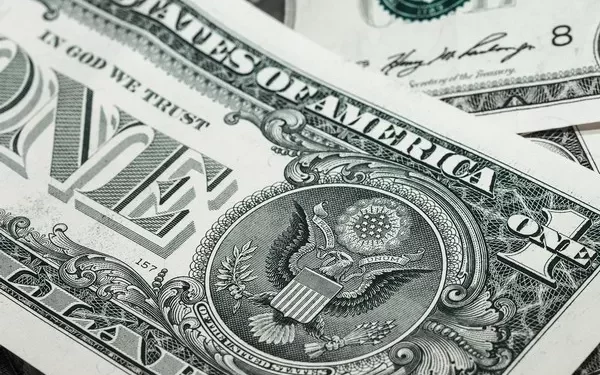U.S. equities are falling on signs that interest rates may have bottomed, at least temporarily, in a subtle reversal of the positive momentum seen in November, when both stocks and bonds posted significant gains.
Last month’s bond rally and the tidal wave of dovish interest rate bets may be indicative of a momentous shift in market thinking; the move higher in 10-year US Treasury yields we are seeing today may simply be marking a local bottom (at least for now) as investors assess their positioning going into December.
But frankly, market positioning can’t get any more dovish without concrete evidence that the US economy is on the verge of an equally epochal downturn.
In an ideal world, interest rates would fall, inflation would return to target, corporate profitability would double, and previous rate hikes would have no adverse effect on demand or balance sheets. And as unlikely as that sounds, since Chris Waller’s game-changing remarks late last month, the market’s collective belief in a best-case 2024 conjecture may have gone too far in its rate-cut mania.
While the growth outlook has moderated in recent weeks from the 5%+ pace we saw in 3Q23, the economy does not appear to be heading for a cliff in 2024, which – despite progress on inflation – may not force the Fed to cut as aggressively as current market pricing suggests.
We are not arguing that the prospect of slowing growth may require the Fed to provide some stimulus via a few rate cuts. In fact, the narrative since the summer of 2021 has focused overwhelmingly on the Fed’s inflation mandate; recent indicators suggesting that inflation is coming under control have caused market attention to shift back to the Fed’s growth mandate. To be sure, US unemployment remains very low and Q3 GDP growth was robust. But trends can change.
Price action in the S&P 500 suggests rate driven pressure on tech and a bit of risk aversion under the surface as investor focus this week remains on macro releases as we get the November payrolls report on Friday — a key data point to assess whether growth is holding up and whether the rate cut mania is justified.
While a downward revision in 2024 seems necessary, there is a tightrope to walk here. Officials are unlikely to want a scenario where the market pushes rate cut expectations even higher. It is clear that the market has and will quickly build in a heavy dose of rate cut expectations if economic data continues to cool, believing that Jerome Powell will respond quickly with rate cuts to prevent the slowdown from turning into a recession.
One of the issues we discussed last month was market liquidity amid the FED QT heading into December.
The recent spike in the Secured Overnight Financing Rate (SOFR) has caught the attention of market participants, especially those focused on funding dynamics and liquidity trends.
The notable 6 basis point jump in the SOFR observed in Friday’s fix has raised eyebrows, especially considering that it occurred after the end of the month. Such movements in interest rates, particularly in short-term funding rates such as SOFR, can be indicative of liquidity conditions and shifts in funding availability. A higher SOFR print can indicate a tightening of liquidity, making it more expensive for institutions to borrow in the overnight markets.
For those who follow the financial markets, this movement in SOFR could be seen as evidence that the liquidity tide is receding or that funding conditions are becoming less favorable. If this trend continues, one could expect to see more dollar dialing, a colloquial term used on trading desks to call other banks for direct quotes on the US dollar.




























